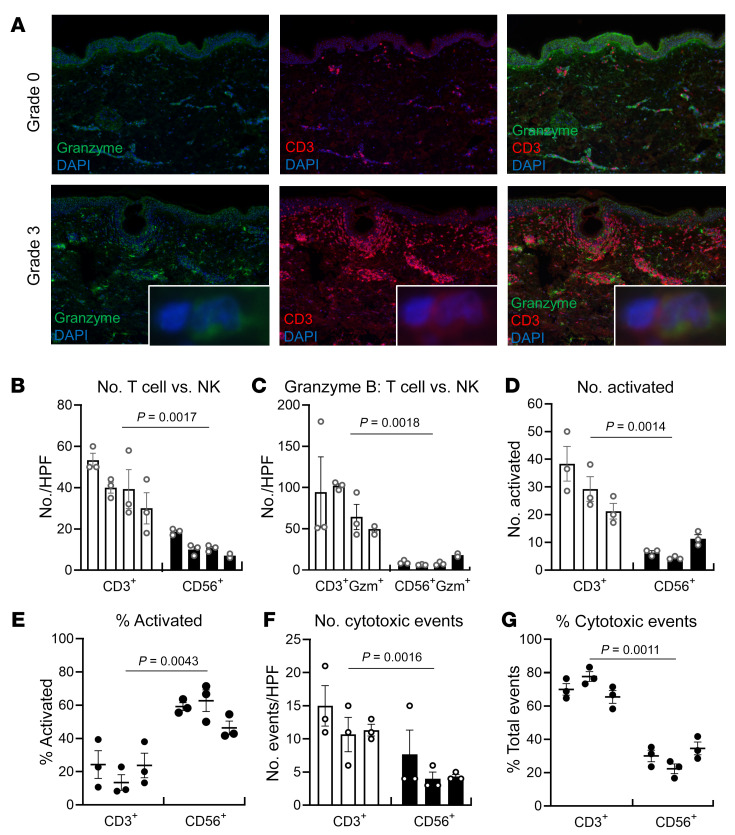Figure 6. T cells are the major source of cytotoxic injury in grade 3 rejection.
(A) T cells are a major but not exclusive source of granzyme B. Multiplex immunostaining demonstrated increased expression of granzyme B in grade 3 rejection, but not all granzyme-producing cells were CD3+ T cells (original magnification, ×100). (B–G) Quantitative multiplex immunostaining was carried out to evaluate the relative contributions of T cells versus NK cells to cytotoxic injury in grade 3 rejection. Bars represent individual donors, and error bars represent the mean and SEM of at least 3 separate measurements per donor. (B) There were significantly more T cells than NK cells in skin biopsies of grade 3 rejection. The numbers of CD3+ T cells and CD56+ NK cells per ×200 HPF are shown. (C) The majority of granzyme B was produced by T cells. The numbers of granzyme-positive CD56+ NK cells and CD3+ T cells per ×200 HPF are shown. (D) There were significantly more activated T cells than activated NK cells. The numbers of CD3+CD40L+ (activated T) cells and CD56+CD107a+ (activated NK) cells per ×200 HPF are shown. (E) NK cells had higher frequencies of activation. The percentages of total CD3+ T cells expressing CD40L (left) and CD56+ NK cells expressing CD107a (right) are shown. (F and G) T cells mediated significantly more cytotoxic events than NK cells. Cells undergoing cytotoxic cell death were identified by immunostaining for caspase-8, and the number (F) and relative frequency (G) of events in which T cells (left) or NK cells (right) were juxtaposed with dying cells were enumerated. Significance was determined by nested t tests.

